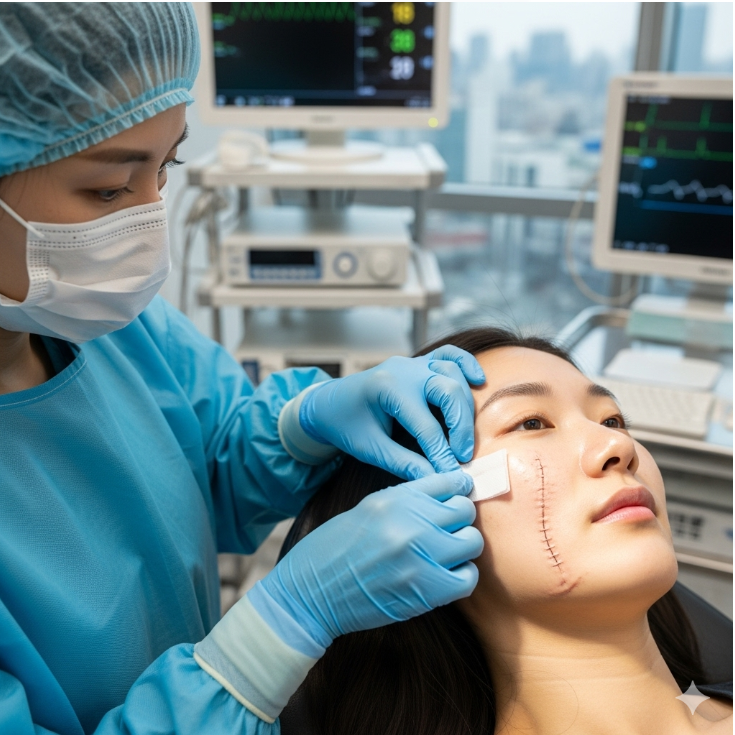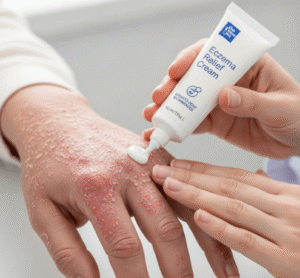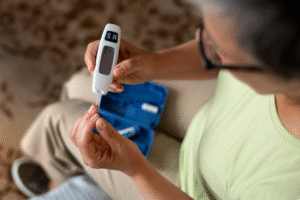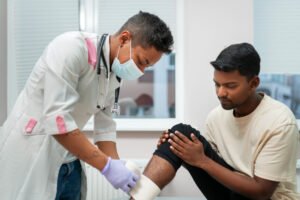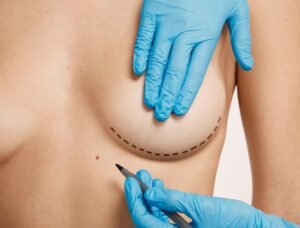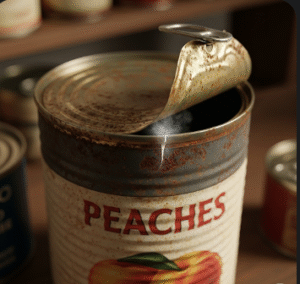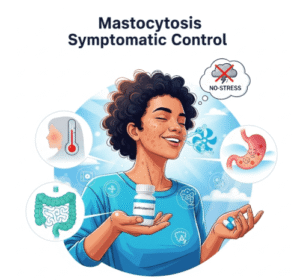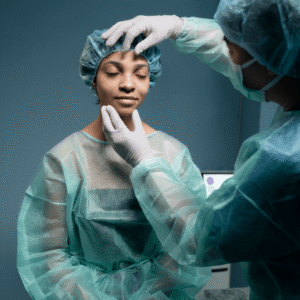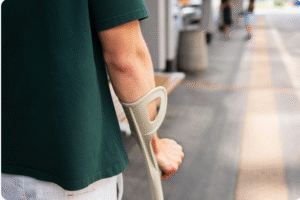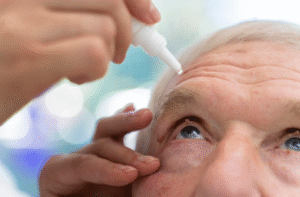What It Is
Scar revision surgery is a cosmetic and reconstructive procedure that improves the appearance, texture, or placement of scars caused by injury, surgery, burns, or skin conditions. While scars cannot be completely erased, scar revision can make them less noticeable and blend more naturally with surrounding skin.
In Korea, scar revision often combines surgical techniques, laser treatments, and skin therapies to address scars that are raised, depressed, wide, pigmented, or functionally restrictive.
Why It’s Done
Patients choose scar revision surgery because:
- They have scars that are large, raised, or discolored.
- A scar is in a visible location (face, neck, hands) and affects self-confidence.
- Scars cause functional problems, such as restricted movement in joints.
- They want smoother, more natural-looking skin after trauma or surgery.
Good candidates include:
- Individuals with hypertrophic scars, keloids, contractures, or acne scars.
- Patients in good health with realistic expectations.
- People bothered by either the aesthetic appearance or physical discomfort of their scars.
Alternatives
- Non-surgical treatments: Steroid injections, silicone gel sheets, or pressure therapy for keloids and hypertrophic scars.
- Laser or resurfacing treatments: For pigmentation and texture improvement.
- Microneedling and chemical peels: For mild acne scars or irregularities.
Preparation
Before undergoing scar revision in Korea, patients will:
- Have a consultation to determine scar type, size, depth, and treatment approach.
- Provide medical history, including past wound healing patterns.
- Avoid smoking and alcohol for at least 2–4 weeks before surgery.
- Stop medications and supplements that increase bleeding.
- Arrange appropriate downtime depending on the scar revision technique used.
How It’s Done
The exact technique depends on the type of scar:
- Excision and re-closure: The scar is surgically removed and re-stitched with improved precision.
- Z-plasty or W-plasty: The scar line is broken into smaller segments to make it less visible and more aligned with natural skin folds.
- Skin graft or flap: For large scars or burn contractures, skin may be transplanted from another body area.
- Laser resurfacing: Used to reduce redness, pigmentation, or uneven texture.
- Adjunctive therapies: Steroid injections or radiation therapy may be added for keloids.
The procedure duration varies from 30 minutes to several hours, depending on complexity.
Recovery
- First week: Mild swelling, redness, and tenderness are common. Pain is usually minimal and controlled with medication.
- Dressings: Applied to protect the site; stitches may be removed within 5–14 days.
- Return to work: Most patients resume normal activities within a few days to a week.
- Long-term healing: Scar appearance continues to improve over several months as the skin remodels.
- Final results: Often visible after 3–6 months, though full maturation may take up to a year.
Possible Complications
- Redness, swelling, or temporary discomfort.
- Recurrence of keloid or hypertrophic scar.
- Pigmentation changes (lighter or darker skin tone at the site).
- Rare risks: infection, delayed healing, or asymmetry.
Treatment Options in Korea
Diagnosis
Korean surgeons and dermatologists carefully evaluate scar type, location, and patient skin type. 3D imaging and dermoscopy may be used to plan treatment.
Medical Treatments
- Steroid injections, cryotherapy, or silicone therapy for raised scars.
- Laser treatments for discoloration and surface irregularities.
- Topical treatments and scar gels as adjunct therapy.
Surgical or Advanced Therapies
- Excision and re-closure for linear scars.
- Z-plasty, W-plasty, or geometric broken line repair for irregular scars.
- Skin grafting or flap surgery for large burn scars or contractures.
- Fractional CO₂ lasers, microneedling, or dermabrasion for acne scars and fine irregularities.
Rehabilitation and Support
- Regular follow-ups to monitor healing and prevent scar recurrence.
- Scar care with silicone sheets, pressure therapy, or laser sessions.
- Personalized aftercare programs, including sun protection and skin treatments.
- Multilingual support for inter

